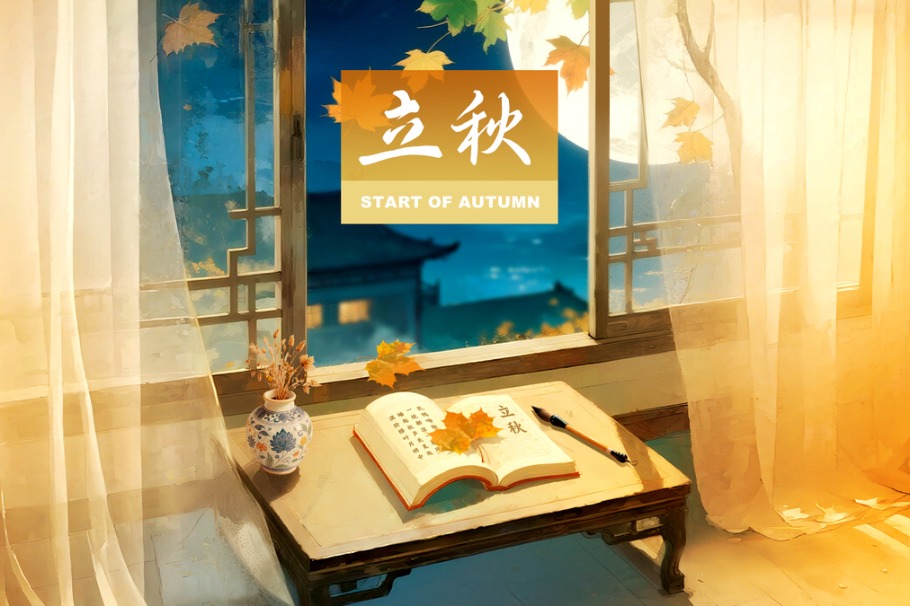Chess, by any other name, is just as addictive, impossible and eternal

There seem to be some persistent questions about the origin of chess, this writer's favorite game.
One of our reporters recently attended a xiangqi (or Chinese chess) demonstration here in New York where a world-renowned champion got up and told everyone that chess was invented in China and dates back to the Song Dynasty (960-1279).
Traditionally, seven countries have claimed the honor of inventing chess: Indian, Egypt, Greece, Assyria, Persia, Arabia and China.
A 10th century text recounts a list of fables about the game: it was played by Alexander the Great, his tutor Aristotle, Japhet, son of Noah and even Adam to assuage his grief over the death of his son Abel. The famous rabbi Aben Ezra claimed Moses invented the game.

My favorite legend about the origin of chess is really a lesson in the power of exponential growth. A powerful king of India named Kaid, having conquered all his enemies, grew bored with palace life and asked his wise minister Sassa to come up with some amusement to bring him peace of mind.
Sassa thought of a rare game he had seen that was invented by an ancient Greek sage named Hermes and introduced by Alexander's soldiers into India. Sassa got the game, which had 56 pieces and 112 squares and condensed it to 32 pieces and 64 squares. The king was so delighted by the game, he told Sassa to name his reward - a dukedom, a castle, gold, jewels, horses, one of his daughters, take your pick?
Sassa asked that only one grain of barley corn be placed on the first square of the board, then double that, two, on the next, then double that, four, on the next, and so on for 64 squares.
The king happily agreed to the ridiculous-sounding request and ordered it so, but before they got halfway across the board, all of his granaries had been emptied. To reach the end of the board would take about 18.5 quintillion grains. Sassa owned the kingdom - checkmate.
Adding even more mystery to the game's lineage trail, the term "checkmate" itself is from the two Arabic words shah and mat, or "the king is dead".
The similarities between international chess and Chinese chess, xiangqi, leave little doubt that the two games are related, one springing or being refined from the other or both sharing a common ancestry.
Some historians trace xiangqi back to liubo, a board game moving six pieces around a square and throwing sticks like dice that was popular during the Han Dynasty (202 BC-220 AD) but swept aside by the game of Go.
The current version of xiangqi does date back to the Song Dynasty, but the Indian game of chaturanga goes back 400 years earlier, to the sixth century Gupta Empire. Chaturanga is also convincingly believed to be the basis of Japanese shogi, or the General's Game, Burmese sittuyin and Thai makruk, all of which bear striking similarities.
One legend says that imprisoned Han Dynasty general Han Xin drew a box on the ground and fashioned 32 small pieces - horses, cannons, pawns, elephants and advisers - out of silk.
In the Ming Dynasty (1368-1644), general Yuan Chonghuan encouraged his troops to play xiangqi rather than gamble, and the game was credited with raising his army's fighting spirit, leading to continuous victories on the battlefield.
International chess with the pieces empowered as we know them today took shape in 15th century Spain and stuck. The first historical record of a match was in 1561 between Spanish priest Ruy Lopez and two rivals, Ruy Lopez being a name familiar to modern chess players for an opening named for him.
Researchers estimate that 600 million people worldwide play chess. According to the Chinese Xiangqi Association, "hundreds of millions of people" play Chinese chess in China. Whichever came first, it seems pretty clear that both are here to stay.
Contact the writer at chrisdavis@chinadailyusa.com.
(China Daily USA 11/15/2017 page2)
Today's Top News
- World Games dazzles audiences in Chengdu
- Choirs send message?of amity?at games' opening
- Foreign trade stays on stable growth track
- 'China shopping' boom spurred by favorable policies helps drive growth: China Daily editorial
- New tariff threat to ensure the chips fall to US: China Daily editorial
- China completes first landing, takeoff test of manned lunar lander






























